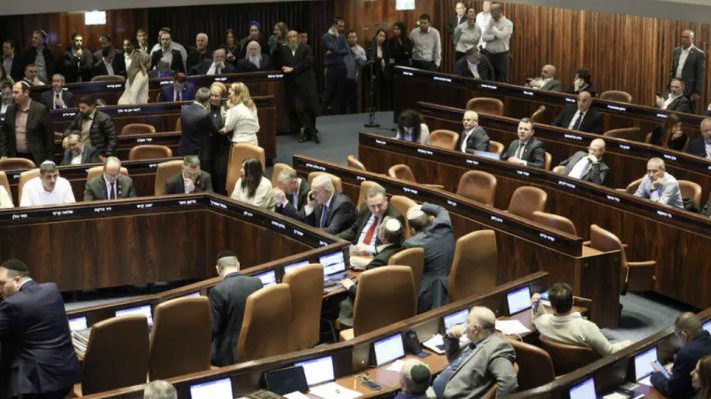Concerns Persist Over Iran’s Uranium Stockpile Despite U.S. Strikes, Say Israeli and Western Officials
A senior Israeli official has voiced concerns that deeply buried enriched uranium at one of Iran’s nuclear facilities may still be recoverable, even after the U.S.-led airstrikes that targeted multiple nuclear sites last month. The remarks, reported by The Associated Press on Thursday, signal continued unease over Iran’s nuclear ambitions despite a coordinated Western effort to curb them.
The Israeli official, who spoke anonymously, revealed that Israel assesses Iran’s enriched uranium stockpiles remain distributed across three sites, including Isfahan, and have not been moved since the strikes. While the uranium at Isfahan is believed to be technically retrievable, the source emphasized it would require a “very difficult recovery effort”, suggesting a significant tactical disruption.
The comments follow last month’s targeted U.S. airstrikes, carried out with Israeli cooperation, aimed at halting what both nations view as Iran’s accelerating march toward a nuclear weapons capability. These strikes notably included Fordow and Natanz, both heavily fortified underground sites.
Officials from the U.S. Defense Threat Reduction Agency—the group responsible for designing the GBU-57 Massive Ordnance Penetrator bombs used in the mission—have said they are still awaiting technical data to confirm whether the bombs penetrated to their full intended depth.
Despite these uncertainties, U.S. President Donald Trump asserted that Iran’s most critical nuclear infrastructure had been “obliterated.” The Pentagon later affirmed that the strikes had set back Iran’s nuclear program by at least two years.
French foreign intelligence chief Nicolas Lerner echoed this sentiment earlier in the week, describing Iran’s nuclear program as having been “very, very delayed” due to the joint U.S.-Israeli operation. Still, Lerner urged continued vigilance, citing concerns over the whereabouts of approximately 450 kilograms of highly enriched uranium. He stated that while some of the material may have been destroyed, the majority remains under Iranian control, raising fears of a covert revival of nuclear activities.
“There’s consensus on the fact that the material—450 kilograms of enriched uranium—maybe a small part was destroyed, but that material remains in the hands of the regime,” Lerner warned.
Meanwhile, Iranian President Masoud Pezeshkian acknowledged in an interview that the airstrikes had inflicted substantial damage to his country’s nuclear facilities, making it impossible to fully assess the extent of destruction. Despite this, he signaled willingness to resume cooperation with the UN’s International Atomic Energy Agency (IAEA).
“We stand ready to have such supervision,” Pezeshkian said. “Unfortunately, as a result of the United States’ unlawful attacks against our nuclear centers and installations, many of the pieces of equipment and the facilities there have been severely damaged.”
As global powers continue to navigate the precarious path between diplomacy and deterrence, the situation underscores the fragile balance of disruption and danger. The strikes may have bought time—but questions remain about what Iran can salvage, and how long the delay will last.





